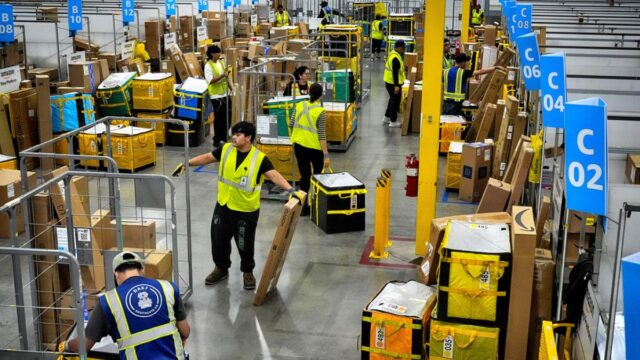The World Bank analyzes in a new report the difficulties of many countries in improving their economic situation.
According to a new report from world Bank published this Thursday, more than 100 countries will find it difficult to get rich in the next decade. This refers to the fact that low income families They will not easily become high-income.
As nations get richerthe group points out that the majority reaches a stagnation that is around at 10% of annual US GDP per person.
The ‘middle income trap’
This, using a term coined by the World Bank, is the ‘middle income trap’. By the end of 2023, 108 countries were considered middle income, each with an annual GDP per capita in the range of 1,348.5 euros to 16,434.7 euros.
“The ambition of the 108 middle income countries es achieve the status of high-income countries in the next two or three decades,” he says. the World Bank report.
Since 1990, only 34 middle-income countries have achieved this transition, a rate considered discouraging by the World Bank. In fact, growth slowdowns are more frequent in middle-income countries than in those with low or high income.
World Bank estimates suggest that if growth investments continue recent and historical trends, most middle-income countries are likely to experience significant slowdowns between 2024 and 2100.
Income stagnation
One of the reasons nations reach income stagnation is that their growth policies are wrong, argues the World Bank. According to the report, middle-income countries They must take a three-pronged approachfocused not only on national investment, but also on ‘infusion’.
Infusion consists of imitating technologies and business models of the most advanced economies. Only once a country has successfully applied investment and ‘infusion’ can focus on innovation.
It is key to have strong institutions
Strong institutions, the World Bank stresses, are important if nations want to Follow this three-step guide. He also warned of the dangers of protectionismwhich can “potentially worsen the diffusion of knowledge in low- and middle-income countries.”
To avoid stagnation, the World Bank advises that middle-income countries not allow established companies stop social mobility. Large companies could do this by controlling resources or restricting access to opportunities.
“New operators bring change”
“Both established companies and new ones can create value“says the World Bank. “Incumbent operators bring scale,” while “new entrants bring change,” meaning that Neither of them should be vilified or coddled.
Although new companies can provide new productsproduction processes or ideas, You have to let them fail. “Letting ineffective companies and business models fail is a basic principle,” says the World Bank.
Reward talent
Growth requires creativity, talent and skill, which can be encouraged or repressed through effective political decisions.
“Middle-income countries have Fewer pools of skilled talent than advanced economies and are less efficient when using them,” says the World Bank.
A form of improving the workforce is investing in education and allow talented people thrive regardless of origin or sex.
According to the World Bank, up to 40% of growth observed in the US between 1960 and 2010 can be attributed to the decrease in gender discrimination and racial in education and work.
Cultivating a talented workforce is more important than ever, as The aging of the populationrising debt levels and climate crisis threaten growth.
“In middle-income countries they live three out of four peoples,** and almost two thirds of those They struggle in extreme poverty“, underlines Thursday’s report. “They are responsible for the 40% of the world’s total economic production“.
“In short, the global effort to end extreme poverty and extend prosperity and liveability will be largely won or lost in these countries“concludes the report.
Video editor • Inês Trindade Pereira







